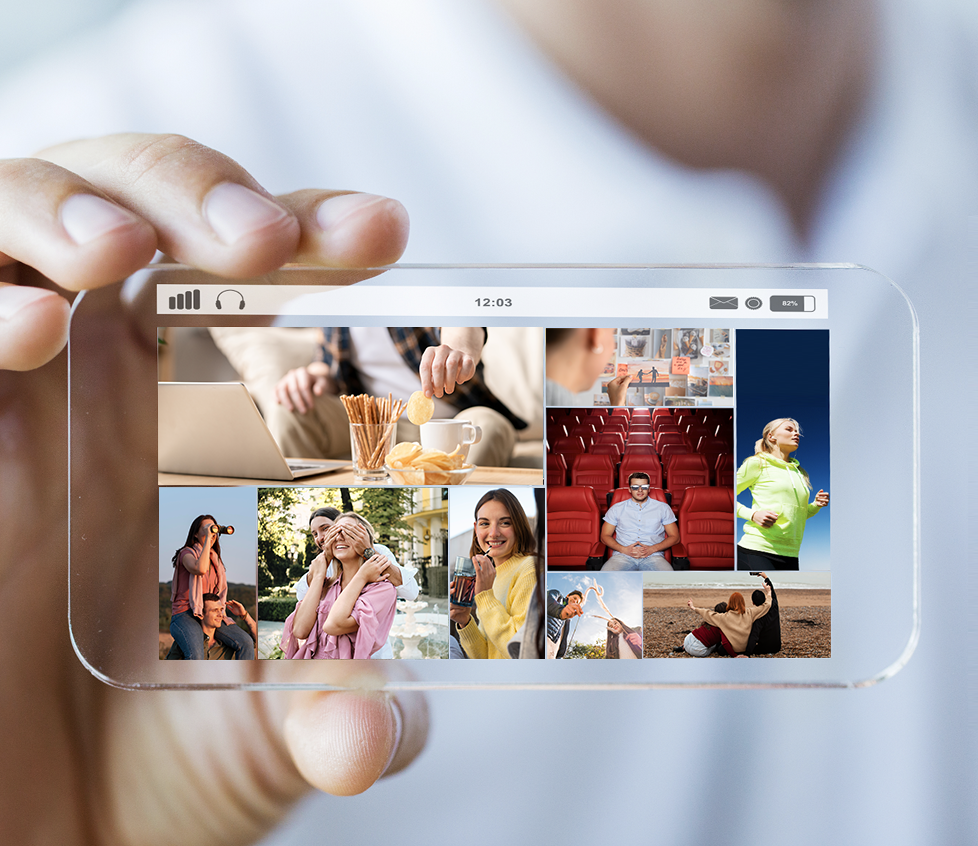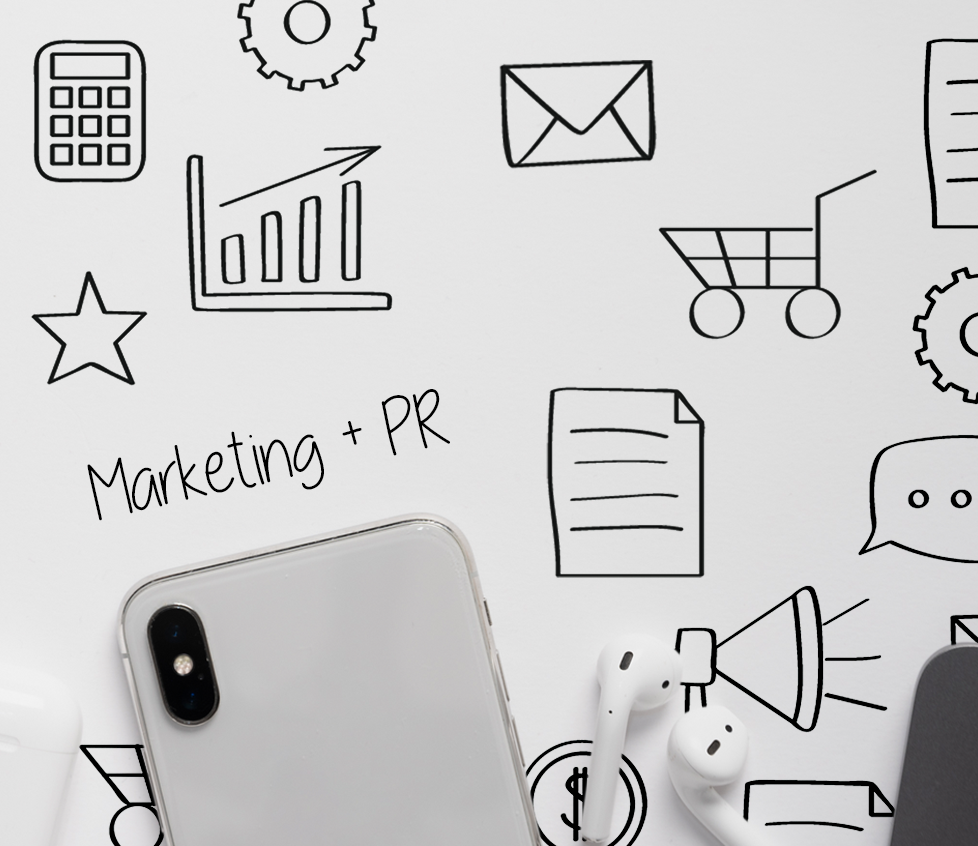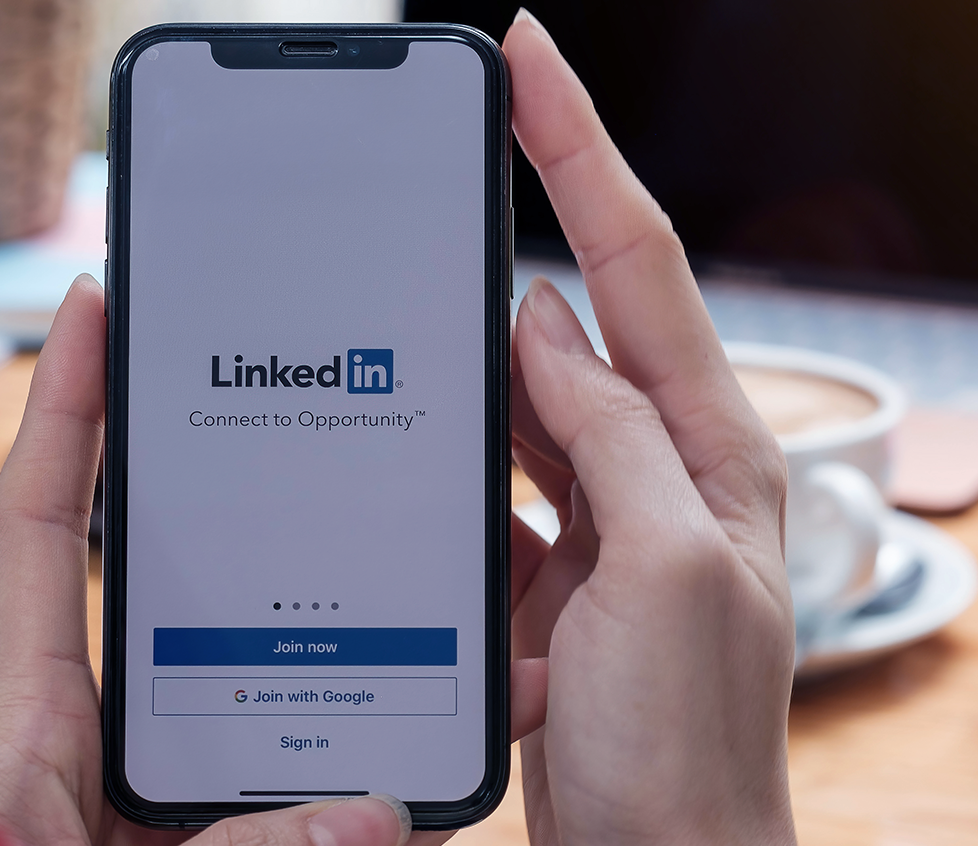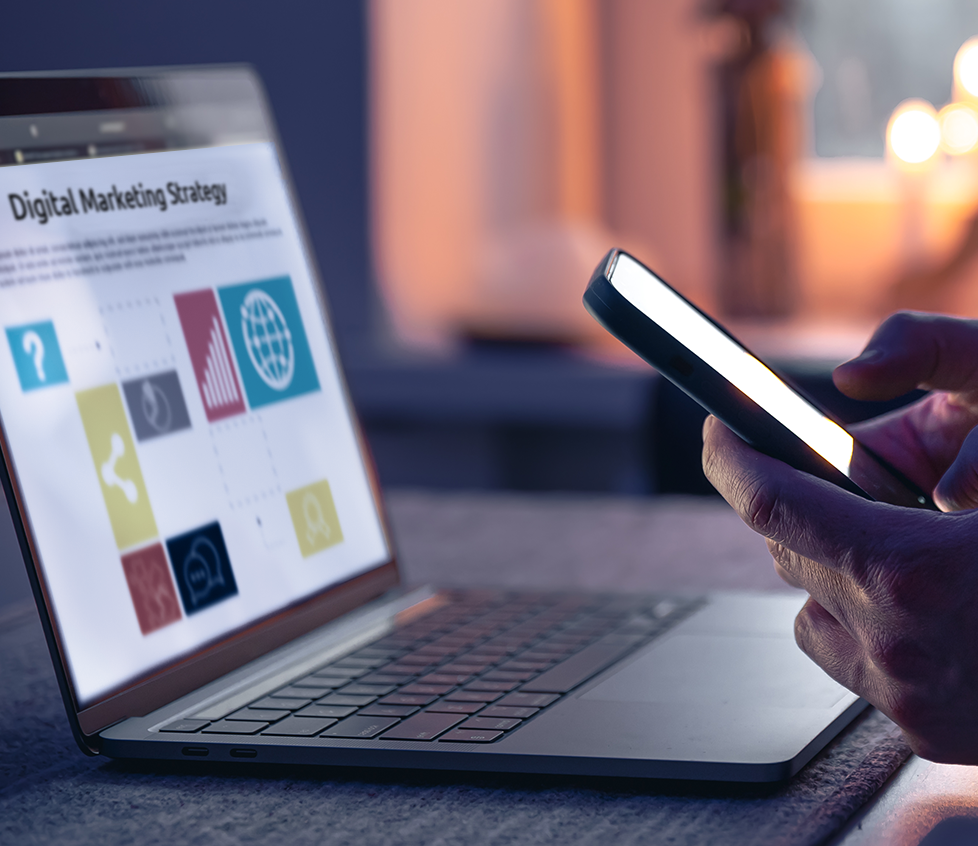Why Values-Driven Storytelling is Gaining Ground
In both B2C and B2B spaces — where quick wins and attribution models dominate — brand-led marketing is making a powerful return.
As data privacy rules tighten and digital noise grows louder, audiences (from everyday consumers to B2B decision-makers) gravitate toward brands that feel human — leading with purpose, not just product. Whether you’re selling sneakers or software, the demand for storytelling and substance is growing. In fact, 82% of consumers prefer brands that reflect their values (Hubspot) — a shift now mirrored in B2B, where trust and mission alignment shape partnerships.
Why Brand-Led Marketing Is Making a Comeback
Privacy-first changes such as Apple’s App Tracking Transparency, Google’s Privacy Sandbox, and the EU’s GDPR have disrupted performance marketing as we know it. But even more telling is buyer behavior: audiences — especially Gen Z and millennials — are increasingly skeptical of overly personalized, sales-driven ads. This fatigue with hyper-targeted messaging has led to a decline in effectiveness — even in traditionally metrics-driven industries.
In response, marketers are moving beyond short-term conversion tactics toward brand-led strategies that prioritize authenticity, consistency, and emotional connection. Whether you’re a D2C wellness brand or a B2B software provider, brand-led marketing is increasingly seen as essential for long-term equity and resilience. Performance still matters — but it can’t carry the brand alone.
Real-World Examples of Brand-Led Marketing
• Nike: Achieved iconic status not by leading with product innovation or targeted ads, but by telling a consistent and inspiring story. Their campaigns don’t emphasize the product, but the people who use it — creating an entire culture and community around their brand.
• Intrepid Travel: By reallocating their marketing budget to focus equally on brand and performance marketing, the company experienced a 68% increase in bookings and a 41% growth in online revenues (Intrepid Travel).
• Adobe’s ‘Acrobat’s Got It’ Campaign: This B2B campaign featuring Hasan Minhaj combined humor and storytelling to highlight Acrobat’s capabilities. The result? A 7% boost in subscribers, with stronger brand recall and engagement (Destination CRM).
How to Embrace Brand-Led Marketing
1. Define a Clear Brand Purpose
Move beyond generic mission statements. What do you stand for? Why does it matter to your clients?
2. Lead with Authentic Stories
Showcase real people, real impact, and real perspectives. In B2B, this could mean thought leadership, customer success stories, or founder-led narratives.
3. Activate from the Inside Out
Your internal brand matters. Employees must believe the story before prospects ever will — especially in complex, high-trust sectors like healthcare, legal, or tech.
4. Balance Brand + Performance
Use brand-building to prime demand — and performance to capture it. The two aren’t opposites; they power each other in a cohesive strategy.
5. Measure Long-Term Signals
Look beyond ROAS. Track brand health metrics like unaided awareness, sentiment, and lifetime value — especially in high-consideration B2B categories where the sales journey is long and trust is paramount.
Belief Over Reach
The resurgence of brand-led marketing signals a return to building relationships, not just pipelines. In B2B and B2C alike, brands that focus on long-term trust, human connection, and values-driven messaging will stand the test of time.
Marketing rooted in belief isn’t soft — it’s strategic. And it’s here to stay.
Ready to make brand belief your competitive edge?
Connect with Zenergy to build a values-driven marketing strategy that lasts.
Zenergy Communications
info@zenergycom.com























